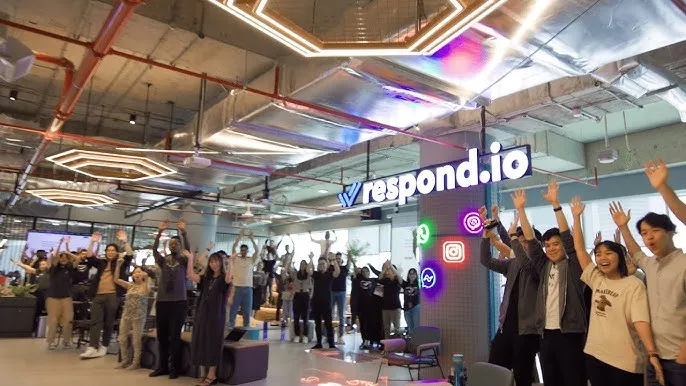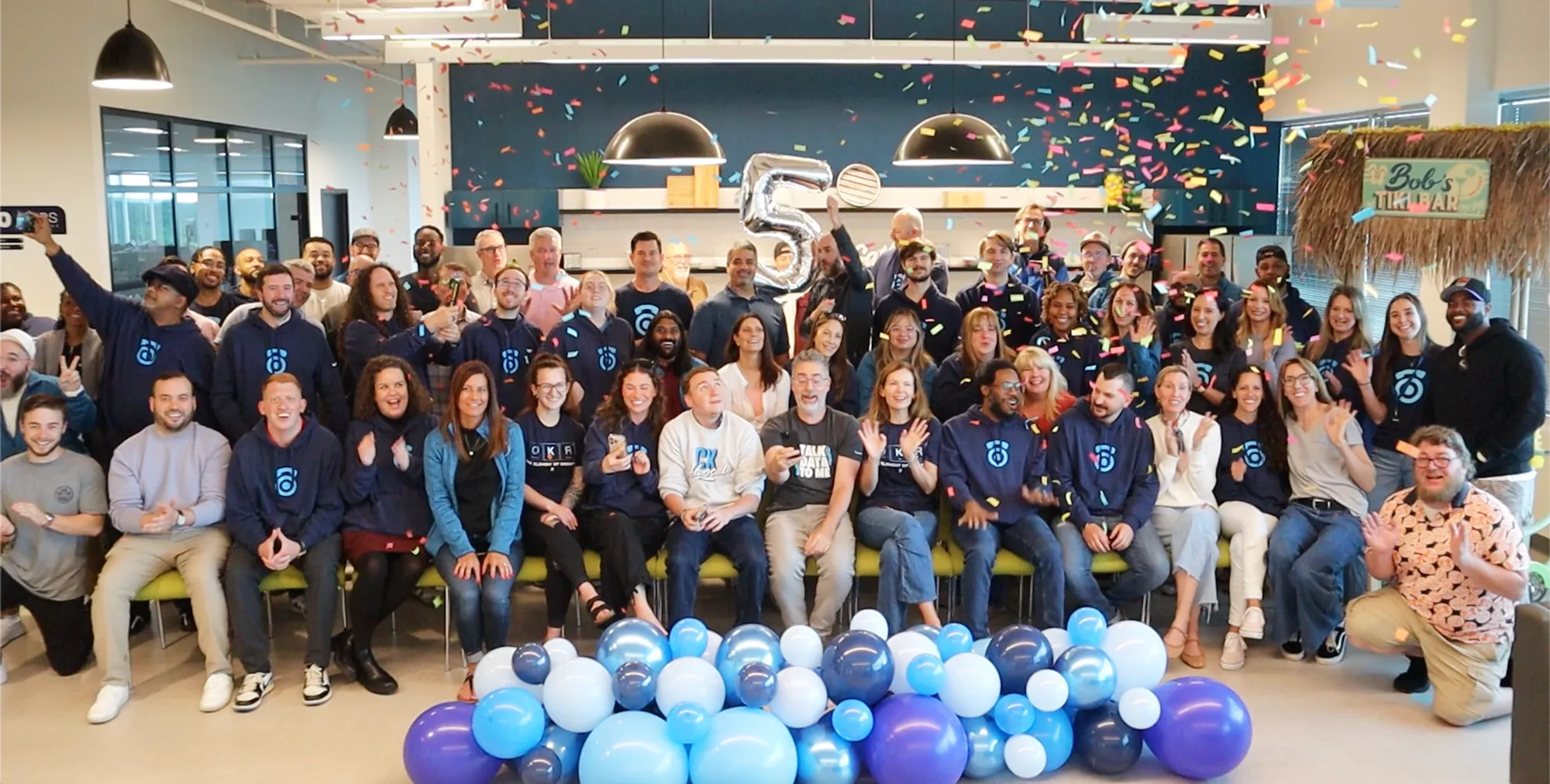With 75%+ demo engagement rate, see how Housecall Pro helps new users go-to-market faster


The Company
Housecall Pro was founded in 2013 with a goal of helping home service professionals with exceptional technology that makes their work simpler, smarter, and more profitable. It’s a full-service tool that supports 25,000 HVAC, Plumbing, Electrical, Cleaning, and other field service businesses to run their entire business on their smartphone and web portal.
The Team
.jpeg)
Taylor Morrison is a Product Manager at Housecall Pro. She’s been at the helm of the company for close to 6 years now and is responsible for the product engagement of users.
The Problems
The home services industry, as a whole, has been slow to adopt technology. Obviously, there are early adopters everywhere. But the conversation here is about professionals who are used to doing business on pen and paper. And to make that transition to Housecall Pro is a big shift for them. As they're not just changing software necessarily, but moving from pen and paper.
📌 Preventing the Failure to Launch for New Users
There's usually a gap in time or even attention between when a customer is on a Zoom call vs when they get inside the product. The sales team would sell a dream and get the customer all excited but when they sign in to their brand new account, their dashboard would just be an empty state. And they’re like, wait, what did they tell me? What was it gonna be like? What was that dream? It’s difficult to remember everything. This prevention of failure to launch for new users is what the team was struggling with.
📌 Engineering Bandwidth Required for Building New Onboarding Experiences
Taylor realized really quickly that the lift from her engineering team would be significant if they planned to prevent the “failure to launch” scenario for new users. She wanted to test her ideas quickly but involving engineering would have taken her months before she could have tried anything, let alone see the results. This became a classic build vs buy conundrum that she was facing difficulties sorting out.
The Search
Taylor’s team wanted to show new users a future state of their account and provide a little bit of guidance along the way. They wanted to have a product tour to orient their pros when they log into the software for the first time, towards a high level overview of the hotspots in the app. The idea was to help them visualize what housecall could do for them with data in it and get them all excited again after their sales demo.
They already had a guided onboarding experience for new users - a checklist of things to do and training materials along the way to walk them through. But there was this gap between being really excited and engaged on the sales demo, and then coming into a blank slate with all this checklist of things to do. So when the team came across Storylane, they wanted to understand how to use it to help their pros see value in the product and how it's going to work for them. What's that future state going to be?
However, Taylor was also pretty clear on what they weren’t looking for,
- Not a sandbox tool as it isn’t really any different than their empty account.
- Something that offers just a recreation of what the pros saw on the sales call.
And that's where this idea of interactive product tours came into play.
The Solutions
Storylane has been really great in enabling Taylor to create demos across their entire product, without needing engineering support. And to get them out to their users via a variety of channels, like inside the product, in emails, text messages, and more.
📌 Safe and Risk-free Space to explore the Housecall platform
The team wanted to give the new pros a safe and risk free environment to experience the platform and that’s what Storylane helped them with. It eliminated the need for the pros to try the features in their own account or with their own customers. So now when a new user completes the Storylane onboarding demo, they next find instructions to go to their checklist and go through the things that were just covered as part of the tour.
📌 New User Onboarding and Adoption via In-product Integration
Housecall Pro saw a lot of success by integrating Storylane directly inside their platform, from both a feature launch and adoption perspective. Every feature houses its own interactive tour to walk users on how to set up the feature as well as how to get value out of it. These tours are accessible to everyone and pops-up at the click of a button. The tool’s ability to create and show multiple perspectives of a future state to users has been really helpful for the team.
📌 Helping the Housecall Sales Team Convey the Right Messaging to Prospects
They have also recently started using Storylane for a few sales use cases and the feedback so far is that it's really effective at conveying the message. The tool has helped to standardize the demo experience and the demos themselves are really easy to share. It comes in really handy for certain features that are difficult to demo in a live environment during an upsell motion as well as training the entire team to be able to demo other complex features effectively on live calls.
The team also had a lot of luck with putting the Storylane demos into their help center. This enabled the support teams to share the demos with their pros, not only as follow-ups to customer queries but also on live calls (easier to showcase readymade demos) as well as post-call recaps of the walkthroughs and functionalities discussed.
Taylor says,
On Storylane Analytics
Storylane analytics has been really helpful in understanding the impact the demos are having. In particular,
- She monitors demo engagement rate every couple days on all of their demos to see how many pros are viewing them.
- She looks for every opportunity to drive up the completion rates by judging the time spent per step. Even when people get stuck at a step or spend more than the required time on some of the steps.
Taylor has also experimented with adding videos to some of their Storylane demos to help show different perspectives. For example, when a pro needs to send an invoice. If they’re new, they don't know what that invoice is gonna look like for their customer, and so Storylane gives them that ability to show how it’d look. For her, it's been great to see that there's actual engagement with those videos with the time spent on the steps with videos being higher at times.
What makes a good interactive demo?
Taylor says there are three aspects to a good interactive demo. These are,
- Content
When it comes to content, being really clear on what the goal of the demo is - getting the viewers to create something or is it just for exploration, and ensuring the demo content is geared towards that, is very important. For example, if the idea is to get them excited about a feature, the demo should be short and should showcase the future state. Alternatively, if it is to handhold them through an in-depth configuration, then the demo needs to be more tactical; with more steps and an example of the entire setup.
- Demo Placement
The next most important thing for higher engagement is demo placement - where the users are accessing the demos from. Taylor says that when they meet their users at a time and place where the demo content incredibly relevant to them, they see much higher completion rates and engagement.
- Right feature selection for your audience
Finally, capturing viewers’ attention on precise features or sections of the screen is also very important. In that respect, Taylor has gotten really positive feedback when she adds backdrops on particular sections of the page to focus attention. Especially when there are a lot of things portraying that future state. She has tried some non-backdrop versions of their demos as well but always ends up bringing it back because of its ability to refocus attention. She uses it in almost every single demo on almost every single step.
The Impact
Housecall Pro’s usage of Storylane is very unique and different from how it’s traditionally used by most of its other customers. While they have recently started employing Storylane for sales use cases, it’s still at a fairly nascent stage to talk about its effectiveness for sales.
Hence, we’ll primarily look at how Storylane is helping Housecall Pro onboard new users much more quickly & effectively, to improve feature adoption and reduce their go to market time. Over a 90 day period,
- Engagement Rate
The most striking aspect of Housecall Pro’s demos is their engagement rate. While the average engagement rate for their demos hover around 75%, the average for the top 5 demos is close to 80% and for the topmost is 82%.
- Completion Rate
The average rate of completion of these demos for Housecall Pro stands at more than 50% for the top 5 demos. Some of their demos have also reached a whopping 70% completion rate.
Combining the above two data pointers means that out of the total impressions for these demos, which ranges in thousands and tens of thousands, almost 80% of those people go on to click on the demo (engage) and out of that 80%, more than 50% go on to complete the demo!!
It’s also worth noting that in just the last 90 days, Housecall Pro users have collectively spent upwards of 1000 hours viewing these days. This goes to show how effective these demos have been for the users and how useful they’re finding them to be.
.svg)
Make buying easy with Storylane
Chat with our demo expert to find out how 2500+ companies use Storylane to drive more revenue

.webp)


















